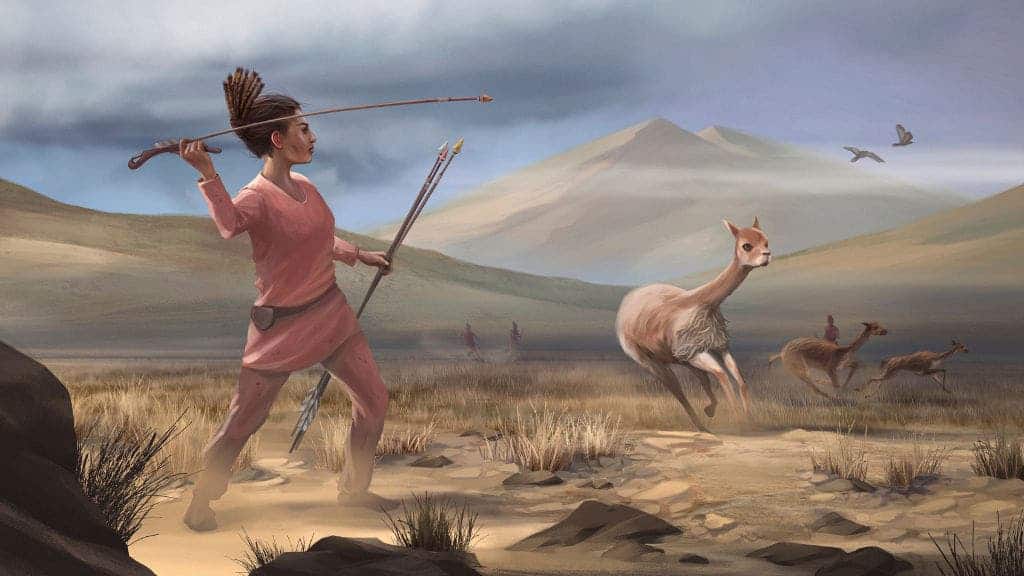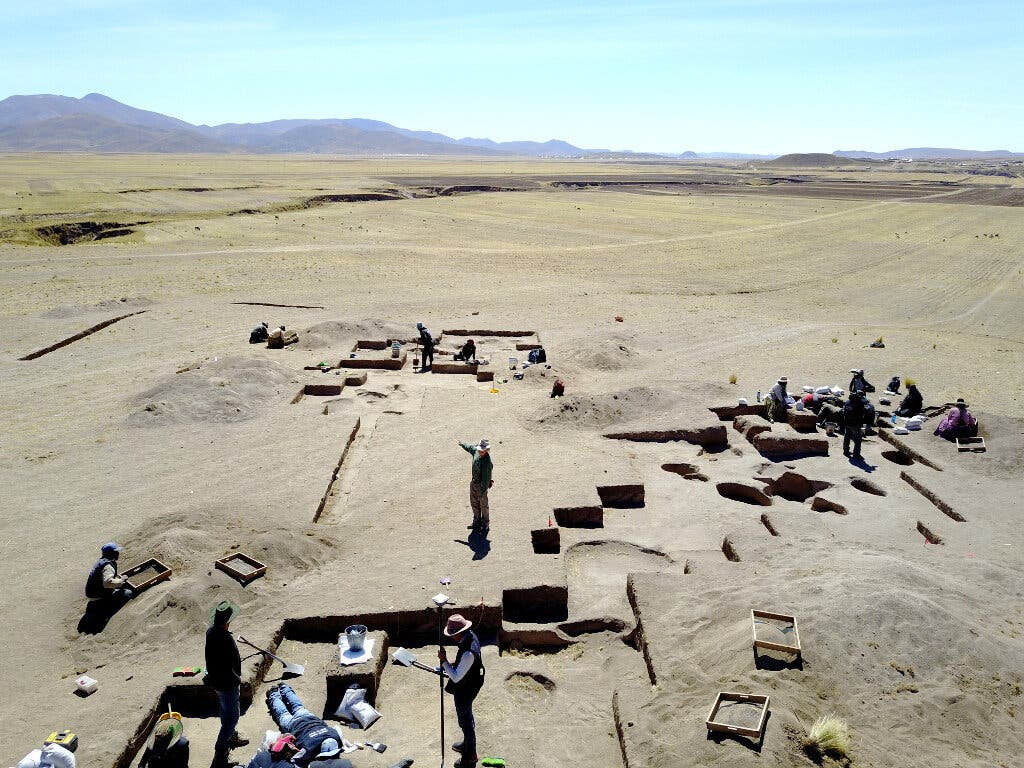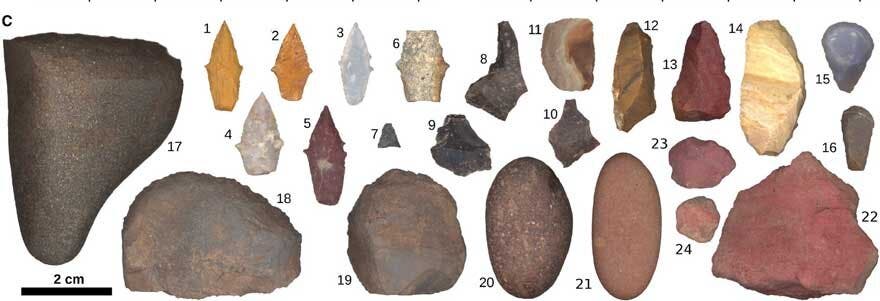
Although there are no written records that might say otherwise, most anthropologists would agree that in ancient hunter-gatherer tribes, the men would be out and about hunting game, while the women stayed at the camp gathering nearby herbs, berries, and plants. But that probably wasn’t the case. New and exciting findings from the Peruvian Andes suggest that these gender roles were much more fluid than previously thought.
Writing in the journal Science Advances, scientists described the 9,000-year-old burial of a huntress, whose final resting place also housed a kit of stone tools likely used for hunting, butchering, and preparing animal hides.
Don’t assume her gender
When Randall Hass, an archaeologist at the University of California, Davis, and colleagues first examined the burial from the Andes Mountains, they knew right away that the human adult remains must have belonged to an important person. But what really surprised them was the fact that the remains were from a biological female.
“An archaeological discovery and analysis of early burial practices overturns the long-held ‘man-the-hunter’ hypothesis,” said Haas, assistant professor of anthropology and the lead author of the study, “Female Hunters of the Early Americas.” It was published today in Science Advances.
“We believe that these findings are particularly timely in light of contemporary conversations surrounding gendered labor practices and inequality,” he added. “Labor practices among recent hunter-gatherer societies are highly gendered, which might lead some to believe that sexist inequalities in things like pay or rank are somehow ‘natural.’ But it’s now clear that sexual division of labor was fundamentally different—likely more equitable—in our species’ deep hunter-gatherer past.”
This immediately brought a paradigm shift — could there have been more women involved in big game hunting than scientists gave them credit for? Sure enough, a review of previously examined burials of a similar age in the Americas suggested that between 30% and 50% of ancient hunters could have been females. In other words, women and men were equally skilled hunters.

Back at the original huntress burial site, the researchers found 24 stone tools, including projectile points deadly enough to take down large mammals, rocks that were good for both cracking bones and stripping hides, sharp stony bits for scraping fat from pelts, tiny flakes with sharp edges for chopping meat, and even red ocher that can help preserve the hides. Also at the site were bone fragments from deer and even vicuña, an extinct wild ancestor of alpacas.

It’s quite remarkable to learn that hunter-gatherer females regularly took part in hunting parties, showing that ancient human societies weren’t as gender binary as we imagined them to be. According to the authors of the study, age would have probably been a more important factor than gender when it came to who was selected for hunting parties in these ancient societies.
But it’s not at all clear how common female hunters were in other parts of the world. Reinvestigating former burials that may have been initially attributed to males may reveal other instances of female hunters. In doing so, future research could challenge the paradigm of a universal and rigid sexual division of labor in pre-agricultural societies.


